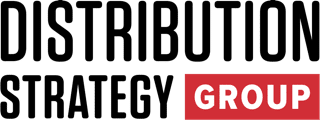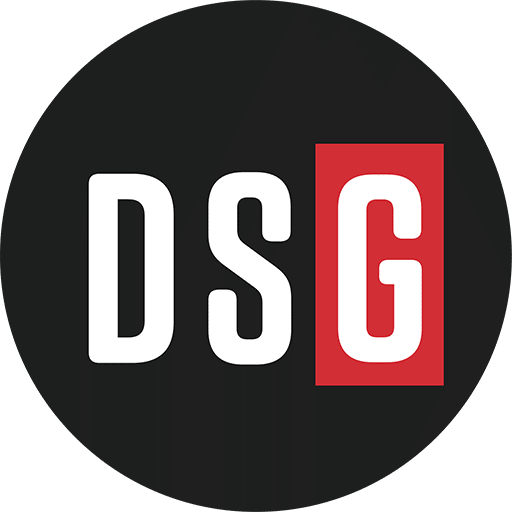Arrow Electronics is reshaping its identity. Long known as a global distributor of electronic components and IT hardware, the Colorado-based company is undergoing a strategic transformation aimed at positioning itself as a high-value partner to manufacturers and enterprises.
In its first-quarter earnings report, Arrow posted revenue of $6.92 billion, down 6% from the same period last year but ahead of Wall Street expectations. Net income came in at $174 million.
But the bigger story, analysts say, lies in the company’s long-term strategy.
“Arrow is smart to double down on supply chain services and integration capabilities,” said William Stein, an analyst at Truist Securities. “Those are areas where customers need help and where Arrow can build lasting relationships. They’re building stickiness, not just pushing product.”
That stickiness is evident in both of Arrow’s core business segments—Global Components and Enterprise Computing Solutions (ECS).
Arrow’s Global Components business still plays a critical role in delivering semiconductors, passive components, and electromechanical parts to industrial, transportation, and aerospace customers. However, the focus has shifted from transactional sales to specialization in high-demand verticals. The company is offering value-added services such as supply chain management and engineering support, helping customers navigate market volatility and increasingly complex production environments.
Meanwhile, the transformation within the ECS segment is even more pronounced. ECS billings rose 5% year over year, with the backlog of orders increasing more than 50%. A major growth driver is Arrow’s investment in cloud and hybrid infrastructure, supported by its ArrowSphere digital platform, which enables customers to manage software and services on a recurring basis. Recurring revenue now accounts for nearly one-third of ECS billings.
“Arrow’s shift toward cloud and digital services is giving them a more sustainable, margin-rich model,” said Joseph Quatrochi, an analyst at Wells Fargo. “Investments in platforms like ArrowSphere are translating into improved customer engagement and predictable revenue.”
During the company’s earnings call, CEO Sean Kerins emphasized Arrow’s focus on becoming a long-term strategic partner.
“We’ve invested heavily in value-added offerings—whether that’s helping customers manage inventories, design supply chains, or transition to hybrid cloud,” Kerins said. “Our aim is to solve more complex problems, not just move product.”
Geographically, Arrow reported solid performance across all major regions, the Americas, EMEA, and Asia-Pacific—despite seasonal headwinds. The company cited strength in the industrial and transportation verticals, along with improving momentum in Asia’s computer and consumer sectors.
Arrow is also navigating macroeconomic and geopolitical risks with caution. Chief financial officer Raj Agrawal acknowledged that new U.S. tariffs could introduce added complexity to component sourcing and pricing, but said the company’s global supply chain and cost pass-through strategies should mitigate the impact.
For the second quarter, Arrow expects revenue between $6.7 billion and $7.3 billion. The company noted stable demand trends and continued strength across both its components and enterprise segments.
“Arrow’s scale gives it leverage, but it’s their strategic direction that makes the difference,” added Stein. “They’re not sitting back and waiting for a market rebound. They’re building a business that can grow in any cycle.”
Don’t miss any content from Distribution Strategy Group. Join our list.


